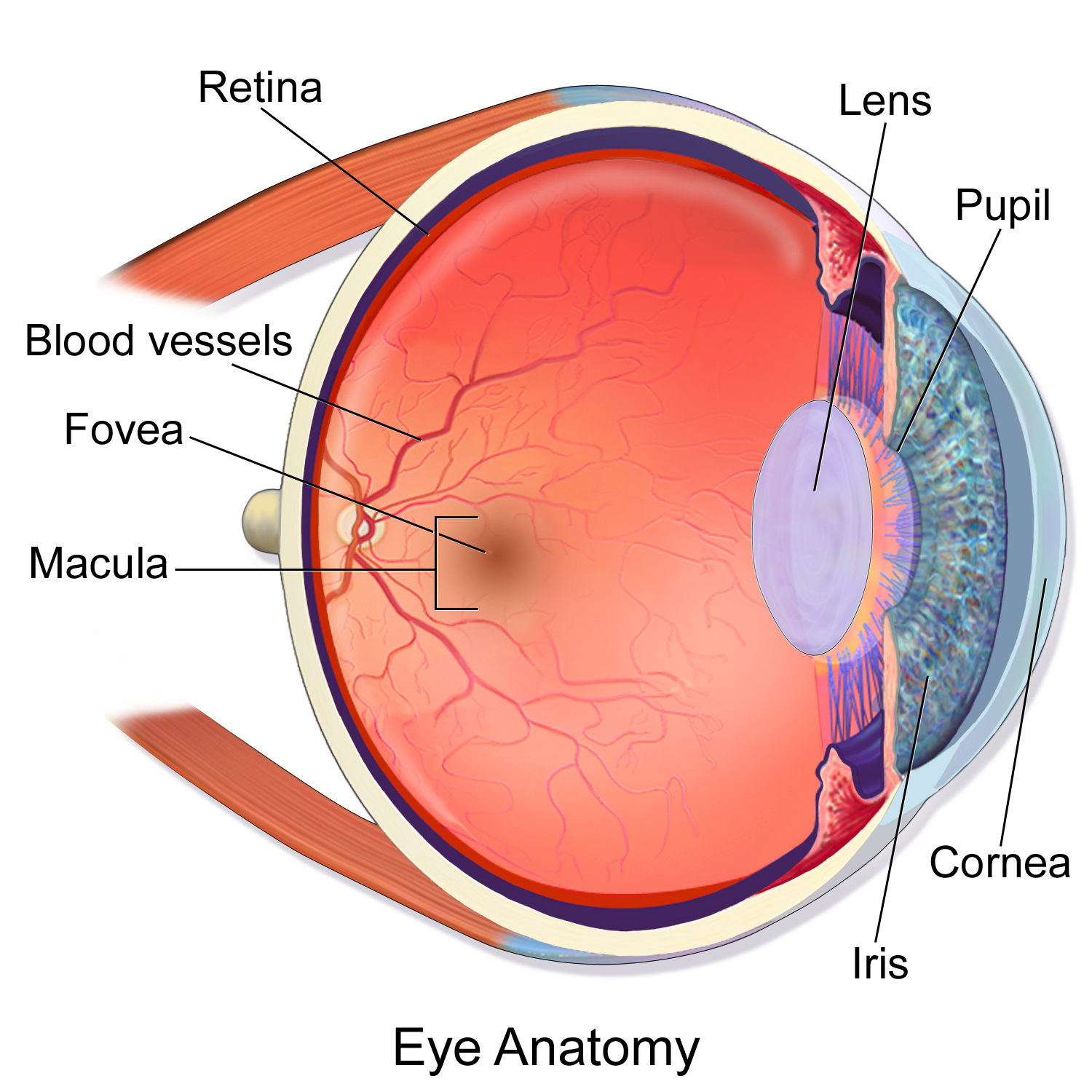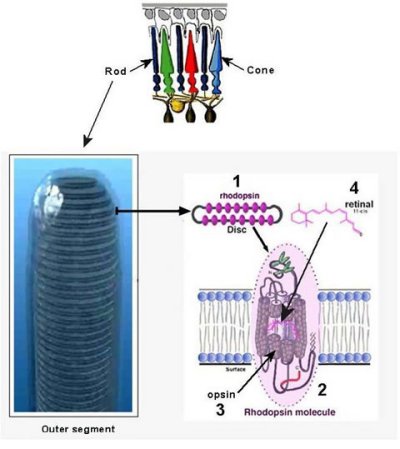#correct me if im wrong as always
A quick post about locomotion, the movement of an animal between different places!

Hummingbirds can beat their wings 75 times per second, and stay basically still in the air! Hover flies can hover, too - they beat their wings 1000 times per second! Hummingbirds and hover flies use flight to get from place to place. Only birds and insects have (independently!) evolved true flight. That’s called convergent evolution, by the way! But what does the hummingbird use to make its wings do that?
Muscles! Muscles are the effectors - the causers - of locomotion. Specifically, skeletal muscles. These muscles have three main characteristics:
- They are anchored to a skeleton, whether an endoskeleton, like ours and the hummingbird’s, or an exoskeleton, like an insect’s.
- They work in antagonistic pairs - one will relax while the other contracts.
- They contract, then relax, then contract and relax again. Becaust that’s all they can do. Contract, then stop contracting.
Annelids are pretty interesting in that they have neither an endoskeleton nor an exoskeleton. They just have a really stiff body surface. Each of their segments has its own set of muscles. These segments can coordinate to make them crawl. The segments also have bristles to help them grip the surface.
Next, how muscles work!
Let’s talk about photoreception! That’s how light is made into a neural signal in the primary visual cortex of your brain.
First, let’s talk about arthropod compound eyes. They have lots of ommatidia, or simple eyes, which each are attached to one axon. One ommatidium is one image. They also have ocelli, which sense light versus dark. These compound eyes mean they sense motion amazingly well!
Human (and all vertebrate) eyes are different. They have image formation and light detection! We have a sheet of specialized cells called the retina on the back of our eyes.

There are a couple important types of special cells here: rods and cones. Rods are good at low light. They see in black and white. Cones require more light - but their three types of photopigment (the thing that helps them get light!) lets them do colour.

They’ve also got something in them called rhodopsin, which you can see above. It’s made out of two parts - retinal and opsin. Retinal comes from beta carotene, which is why everyone tells you carrots will improve your vision. There are a few basic steps:
- The photoreceptor (rod or come) is exposed to light.
- The rhodopsin changes shape.
- A signal transduction cascade happens.
- The release of the neurotransmitter glutamate stops. That’s because sodium flow’s interrupted.
The baseline of vision is dark! When light happens, it turns that off. Light actually has to go all the way to the back of the eye for any of the signalling to happen.
There’s also focussing with your lens! If you’re nearsighted, the front of your eye is football shaped. That means light can’t hit your retina right. That’s why everything looks so blurry!
And a final list on how vertebrate eyes are optimized for vision.
- We’re well adapted to light and dark.
- You can either have monocular or binocular vision. Flat faces like ours in humans lead to binocular vision! (The example that comes to mind for monocular vision is deer for some reason???)
- We have different opsins for different colours - three, to be exact.
- We have special places in our retinas for detail called foveas - raptors have two!
- Some animals have the tapetum lucidum, which reflects dimmest light! Happens in cows. And raccoons.
Anyway vision is really cool! I probably didn’t do it justice here because I’m tired, but I do love it.
